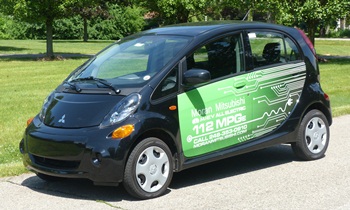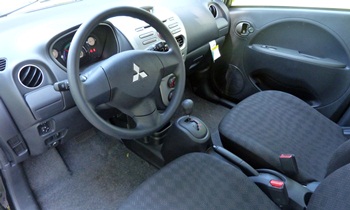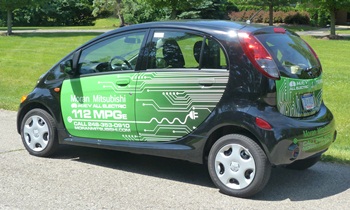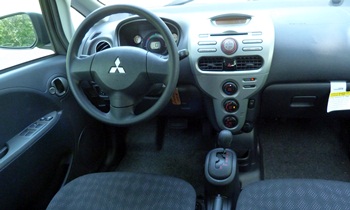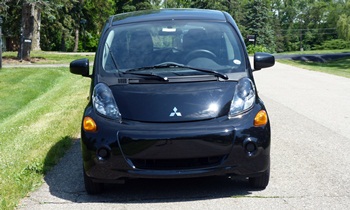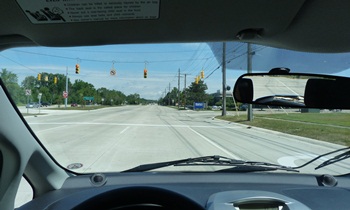We all "know" that electric vehicles (EVs) are the future. But how soon will we want one? One impediment: the requisite high-capacity battery packs are expensive, making for scary window stickers. But the Mitsubishi i-MiEV isn't only the cheapest EV. After a $7,500 federal income tax credit, it's only $22,475. Add another grand for a home charger, and it's still less than the typical family sedan. But what other sacrifices are entailed?


